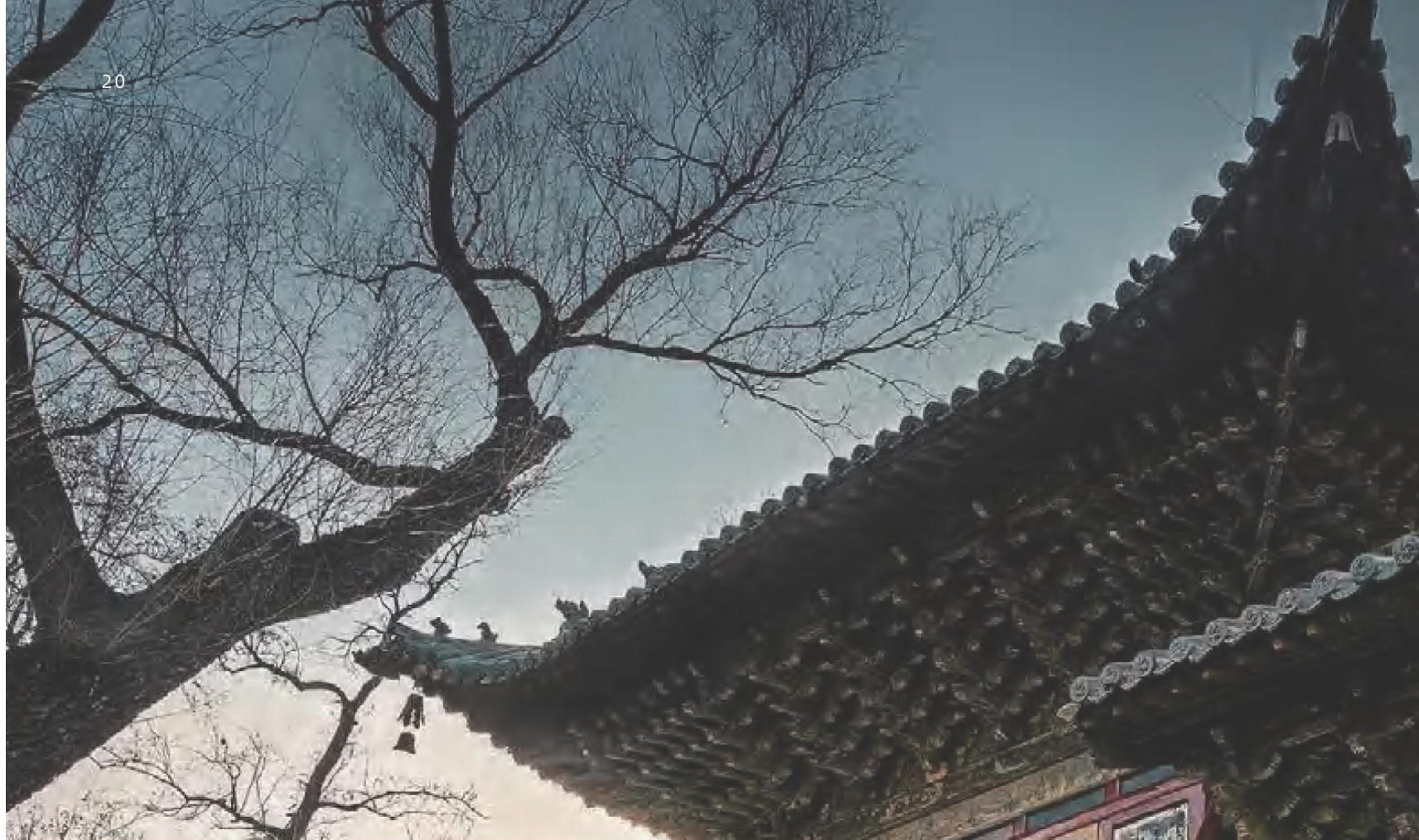一眼千年,邂逅晋祠


打开文本图片集
晋祠位于山西省会太原市西南,原名“唐叔虞祠”,是为纪念晋国开国诸侯唐叔虞而建。正所谓“不到晋祠,枉到太原”,晋祠堪称中国古代建筑艺术博物馆,汇集了宋、元、明、清至民国各时期的建筑,类型多样,布局独具匠心。此外,晋祠融合了儒家、道家及佛教文化,是一部活生生的文化经典。
Located in the southwestof Taiyuan, thecapitalofShanxi Province,Jinci Temple- originallyknownasthe Temple ofTangShuyu-wasbuiltto honor Tang Shuyu, the foundingmarquis of the ancient Jin State. As the saying goes, “A trip to Taiyuanisincompletewithoutavisitto Jinci.” Often hailedasalivingmuseumof ancientChinesearchitecture,Jinci features a collection of buildings from the Song, Yuan,Ming,andQingdynasties,aswell astheperiodoftheRepublicofChina. Eachstructurereflectsitsdistinctive style andingeniouslayout.Jincialsoembodies aharmoniousintegrationofConfucian, Daoist,andBuddhistinfluences,makingit a powerfultestamenttothecontinuityof China'scultural heritage.
不容错过的“三宝”The Must-See“ThreeTreasures"ofJinci
If Jinci Temple is a must-visit destination in Taiyuan,then the“Three Treasures of Jinci’are the highlights you simply can't miss.These three national treasures - the Shengmu Hall (Holy MotherHall),the Yuzhao Feiliang (a flying bridgeacross the fish pond),and the Xian Hall (Sacrificial Hall)- areall locatedalong the central axis of the temple complexand represent the very essenceof Jinci.
圣母殿是晋祠的主体建筑,也是标志性建筑之一,始建于公元1023年至1032年的北宋时期,距今已有千年,是宋代建筑的代表作。(剩余8564字)